Contents
The true China, with its thousand-year history and sometimes incomprehensible worldview, remains a mystery to the Western world. And the world traditions, penetrating into the Middle Kingdom, acquire peculiar features. Chinese wines serve as one of the most striking illustrations of this.
Craving for perfection
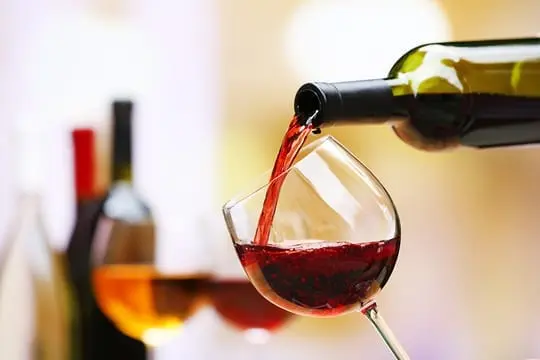
Today, in the vineyards of China, only 10% of the generally recognized varieties are allocated. Local winemakers readily recognize the superiority of Europeans and prefer to import wines “Chateau Lafite“, “Malbec“ or “Pinot Noir.” However, the wine “Cabernet Franc“ they diligently produce themselves, making it better from year to year. A light refreshing bouquet with notes of currant and raspberry shimmers with nuances of violet and pepper. The bright rich taste is distinguished by a velvety texture, harmonious acidity and juicy berry motifs. It is recommended to serve this wine with red meat and aged cheeses.
Asian Charm
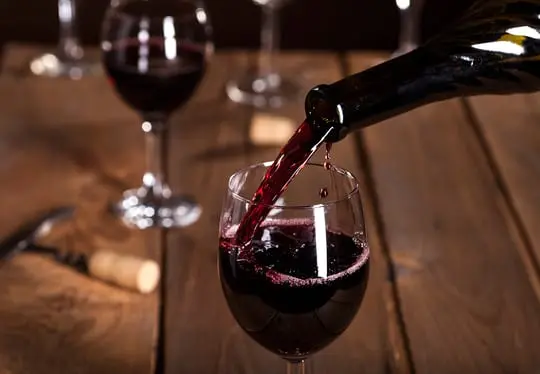
Studying the overseas preferences of the Chinese, we can conclude that most of all they gravitate to French wines. In imitation of them, some wineries produce wine “Merlot.” The magical dark red color fascinates with shimmering ruby highlights. The taste is dominated by seductive tones of cherry, plum and raspberry with delicate notes of vanilla, cinnamon and caramel. With a rather soft texture and a rich fruity bouquet, this semi-dry red wine organically complements pork and chicken dishes, as well as grilled game with a spicy sauce.
Yellow Deity
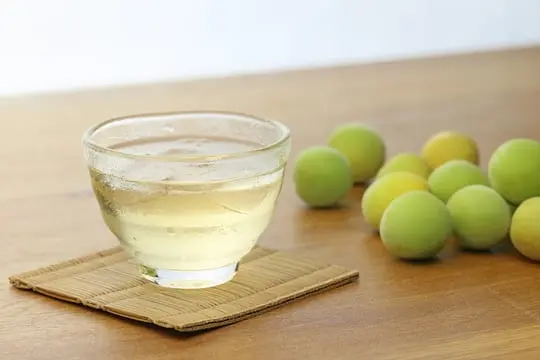
At the same time, native Chinese wines in the Middle Kingdom are revered above all else. The most ancient and famous is yellow wine. For 4 millennia, it has been made from rice and millet using a special technology. Thanks to this, it gets a crystal clear yellow hue and a strength of 15-20%. Experts say that the taste of the drink resembles a cross between sherry and madeira. Many people call yellow wine a precursor to sake, especially since they drink it warmed up. The Chinese are happy to use it as a marinade and generously add it to fish and meat.
Wine ceremony
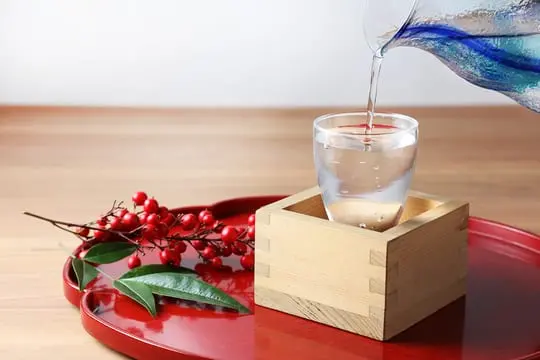
Another analogue of sake, many Chinese tend to consider wines under the general name “Mijiu.” They are also prepared from white rice varieties by fermentation. As a result, the drink becomes almost colorless, and sometimes gets a barely noticeable golden hue. The strength of the wine can also vary, but, as a rule, does not exceed 20%. A distinctive feature of wine “Mijiu“ is a small salt content. According to custom, it is heated in porcelain jugs, then poured into tiny cups and sipped between conversations without any additions.
Drink for the chief
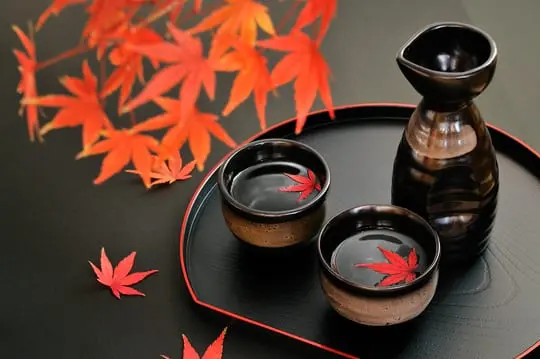
Among the grain wines, or, as the Chinese call them, “Huang jiu”, one can distinguish “Shaoxing”. It gets a characteristic reddish hue due to the fermentation of certain varieties of yeast rice. It is noteworthy that the wine can be both dry and sweet, and its strength ranges from 12 to 16%. The aging of the drink sometimes reaches 50 years. It is said that among the admirers of this wine was Mao Zedong himself. Most of all, the great pilot liked the pork belly stewed with onions, herbs and mushrooms, thoroughly soaked in “Shaoxing”. This culinary creation Mao called ” food for the brain.”
Gold Standard
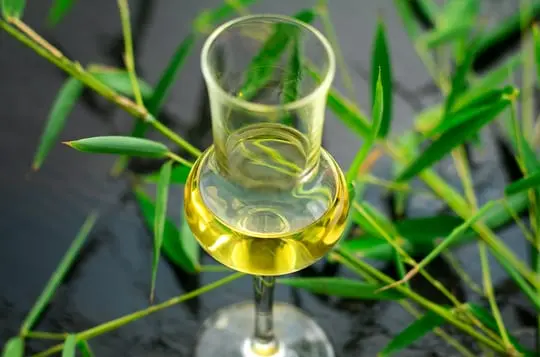
Another outstanding representative of rice wines — “Fujian”, produced in Fuzhou province for several centuries. Like the varieties mentioned above, it is obtained by fermentation of rice and yeast. In addition to them, special moldy fungi of bright red color are necessarily added. This secret ingredient gives the drink a unique tart sourness. By the way, the wine “Fujian” of a noble golden color with a rich bouquet and long aging has been repeatedly awarded prestigious awards at major competitions in Southeast Asia.
The All-seeing Eye

Among the favorite authentic wines of China can be called “Longyan”, which translates as “eye of the dragon”. It belongs to the category of putao-chiu, that is, to grape wines. From our point of view, this is nothing but table wine. The drink is amber-yellow in color with golden tints and has a subtle pleasant bouquet with notes of tropical fruits and citrus. Juicy fruit accents, intertwined with floral nuances, smoothly fade into a long caressing aftertaste. “Lunyan” is a suitable option for an aperitif. It also goes well with seafood, white fish and spicy noodles.
Natural Healers

Almost all tourists who have studied Chinese alcohol will definitely mention unusual local tinctures. They can be attributed to wines by the fact that they are prepared on the basis of fruits and berries, including grapes. They also include herbs, flowers, roots, and perhaps the most exotic ingredients: lizards, snakes, and scorpions. In bottles, they are “distilled” in whole or in parts. The Chinese claim that these drugs will cure any disease, the main thing is to choose the right composition of the components. But only the most inquisitive lovers of experiments will dare to taste the miracle elixir.
Be that as it may, in the wine list of China, you can find interesting specimens worthy of your personal wine collection. As a gift for friends who know how to appreciate unusual drinks, wine from China is perfect.









